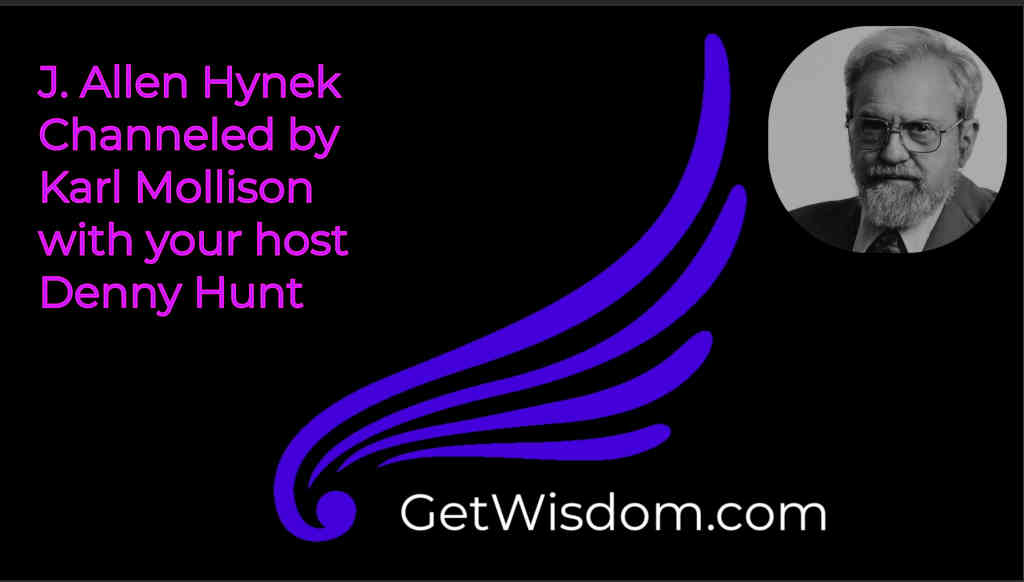
Allen Dulles Channeled by Karl Mollison 02Nov2017
Extracted from https://en.wikipedia.org/wiki/Allen_Dulles
Allen Dulles April 7, 1893 – January 29, 1969) was an American diplomat and lawyer who became the first civilian but third Director of Central Intelligence and its longest-serving director to date. As head of the Central Intelligence Agency during the early Cold War, he oversaw the 1954 Guatemalan coup d’état, Operation Ajax (the overthrow of Iran’s elected government), the Lockheed U-2 aircraft program and the Bay of Pigs Invasion. Following the assassination of John F. Kennedy, Dulles was one of the members of the Warren Commission. Between his stints of government service, Dulles was a corporate lawyer and partner at Sullivan & Cromwell. His older brother, John Foster Dulles, was the Secretary of State during the Eisenhower Administration.
During the Kennedy Administration, Dulles faced increasing criticism.[2] In autumn 1961, following the Bay of Pigs incident and Algiers putsch against Charles de Gaulle, Dulles and his entourage, including Deputy Director for Plans Richard M. Bissell Jr. and Deputy Director Charles Cabell, were forced to resign. On November 28, 1961, Kennedy presented Dulles with the National Security Medal at the CIA Headquarters in Langley, Virginia. The next day, November 29, the White House released a resignation letter signed by Dulles.
On November 29, 1963, President Lyndon Baines Johnson appointed Dulles as one of seven commissioners of the Warren Commission to investigate the assassination of the U.S. President John F. Kennedy. The appointment was later criticized by some historians, who have noted that Kennedy had fired him, and he was therefore unlikely to be impartial in passing the judgments charged to the Warren Commission. In the view of journalist and author Stephen Kinzer, Johnson appointed Dulles primarily so that Dulles could “coach” the Commission on how to interview CIA witnesses and what questions to ask, because Johnson and Dulles were both anxious to ensure that the Commission did not discover Kennedy’s secret involvement in the administration’s illegal plans to assassinate Castro and other foreign leaders.
Dulles published the book The Craft of Intelligence in 1963 and edited Great True Spy Stories in 1968.
He died on January 29, 1969, of influenza, complicated by pneumonia, at the age of 75, in Georgetown, D.C. He was buried in Green Mount Cemetery in Baltimore, Maryland.
Questions for Allen Dulles
1) What was your true relationship with Adolph Hitler & Benito Mussolini during the 1930’s?
2) What was your true relationship with Winston Churchill and the British Intelligence community in 1940?
3) What was Harry Truman’s reason for establishing the CIA and MJ-12? How did Clark Clifford fit into the creation of the CIA?
4) Were you aware of a Nazi base in Antarctica?
5) At the end of WWII and afterward, did you assist Nazis to escape Europe to South America and Antarctica?
6) Were you the victim of Reptilian replacement? If so, when did this happen? If not – can you describe the extent and methods of mind control employed upon you?
7) Did you have a role in the death of James Forrestal?
8) How did you assist in the assassination of JFK and in the cover-up through the Warren Commission?
9) How would you compare the level of Alien control including Reptilian replacement in Washington DC compared to your days there?
10) What is the relationship between the Reptilians and the Annunaki when it comes to Geo-political control?
11) What role can prayer play in preventing Reptilian or Alien replacement or fostering the exposure for beneficial purposes of Alien replacement at high levels of political power on earth?

